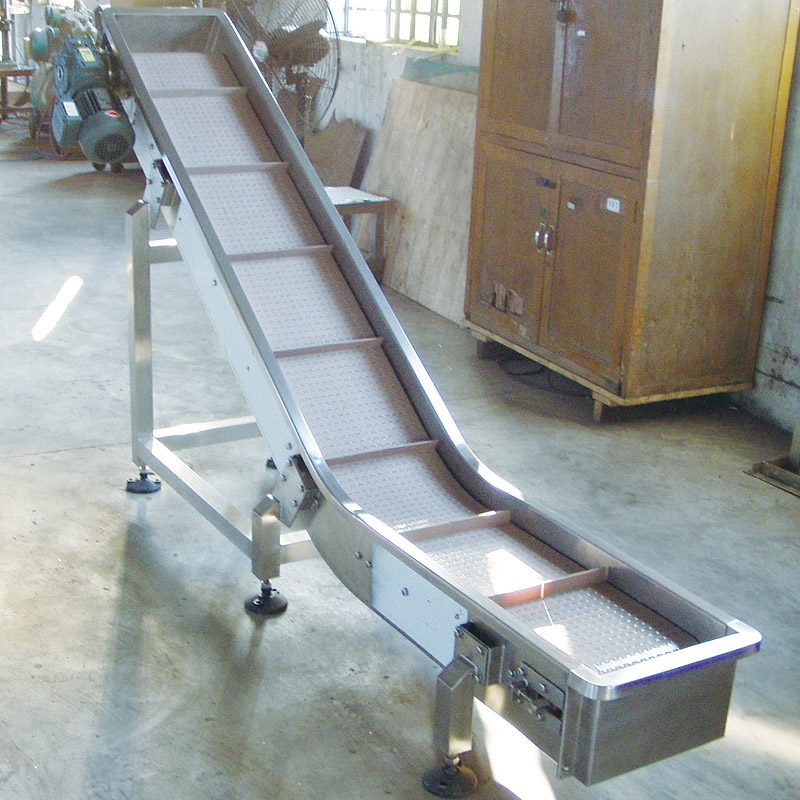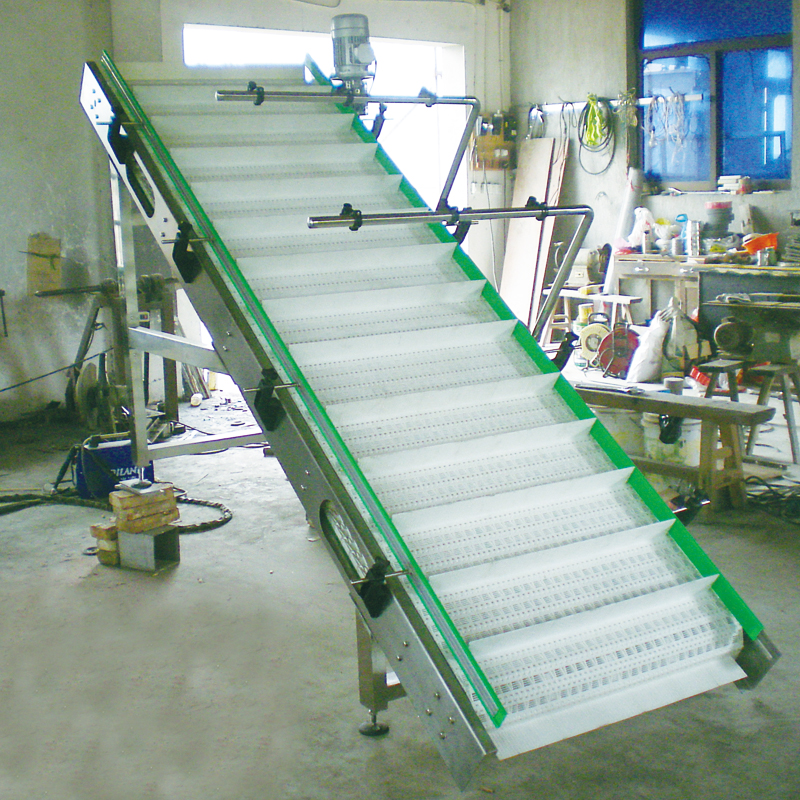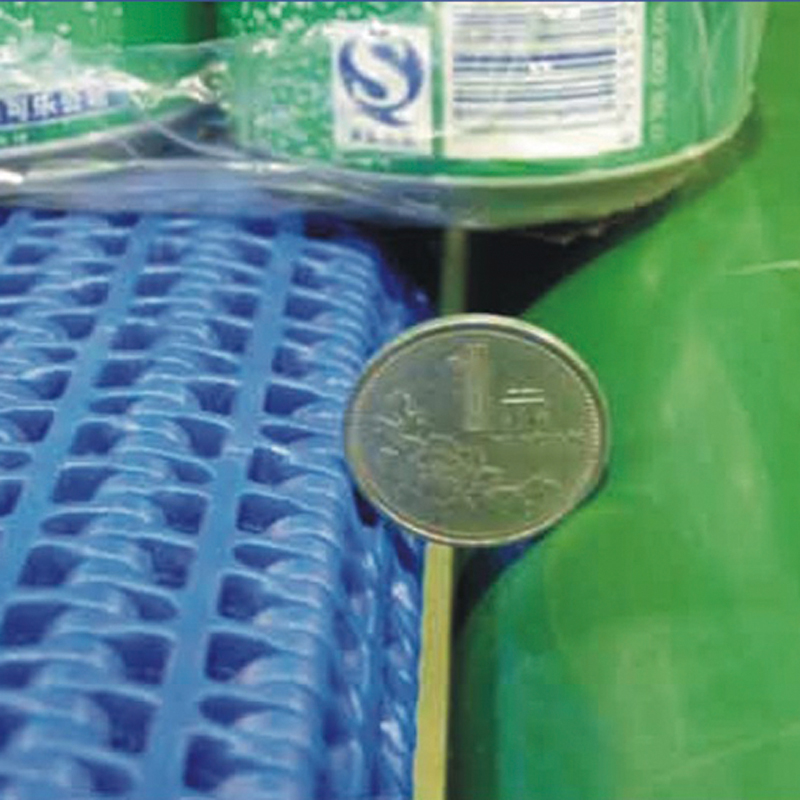1、 Introduction
As a key component of modern production lines, the type selection of plastic mesh belts is crucial for optimizing the conveying system. Different types of plastic mesh belts have different characteristics and are suitable for different application scenarios. This article will provide a detailed introduction to the types and characteristics of plastic mesh belts, helping you choose the appropriate plastic mesh belt according to your application needs and optimize the performance of the conveying system.
2、 Types and characteristics of plastic mesh belts
Grid plastic mesh belt: Grid plastic mesh belt has high ventilation and wear resistance, suitable for transportation in industries such as food and medicine. Its grid structure allows materials to easily pass through and is suitable for conveying various materials.
Flat plastic mesh belt: Flat plastic mesh belt has a smooth surface and low friction coefficient, suitable for high-speed transportation. Its structure is simple, easy to clean, and suitable for conveying in industries such as electronics and cosmetics.
Great Wall Mesh Belt: Great Wall mesh belt has high load-bearing capacity and high-temperature resistance, suitable for transportation in high-temperature environments. Its unique structure makes it difficult for materials to fall during transportation.
Spiral plastic mesh belt: Spiral plastic mesh belt has good bending performance and wear resistance, suitable for conveying small parts. Its spiral structure enables stable transportation of materials along a curved path.
Skirt edge plastic mesh belt: Skirt edge plastic mesh belt is suitable for occasions that require directional conveying, such as packaging, palletizing, etc. The skirt structure can prevent material scattering and improve conveying accuracy.
3、 Factors to consider when selecting plastic mesh belts
Application scenario: Select the appropriate type of plastic mesh tape based on actual application needs. For example, the food industry chooses mesh plastic mesh belts, while the electronics industry chooses flat plastic mesh belts.
Carrying capacity: Select a plastic mesh belt with sufficient carrying capacity based on the weight and particle size of the material to be transported.
High temperature resistance: For transportation in high temperature environments, choose plastic mesh belts with good high temperature resistance to ensure the safe operation of the equipment.
Bending performance: For situations where materials need to be transported along the bending path, choose spiral plastic mesh belts with good bending performance.
Wear resistance: Select a suitable type of plastic mesh belt based on the actual application requirements for wear resistance. The Great Wall mesh belt has high wear resistance and is suitable for long-term and high-strength operation.
Cleanliness: For industries with high hygiene requirements, such as food and medicine, choose plastic mesh belts that are easy to clean to ensure the hygiene and safety of the production process.
Price and cost: Based on actual demand and budget situation, choose plastic mesh belts with high cost-effectiveness to reduce the cost of the overall conveying system.
4、 Summary
Choosing the appropriate type of plastic mesh belt based on practical application needs is an important link in optimizing the conveying system. Different types of plastic mesh belts have different characteristics and usage scenarios, and they need to be selected according to specific situations. By selecting the type of plastic mesh belt reasonably, the efficiency of the conveying system can be improved, costs can be reduced, and the production process can be ensured to proceed smoothly. Therefore, we recommend fully considering factors such as application scenarios, load-bearing capacity, high-temperature resistance, bending performance, wear resistance, cleanliness, and price when selecting plastic mesh belts, in order to achieve the optimal configuration of the conveying system.
Post time: Nov-04-2023




